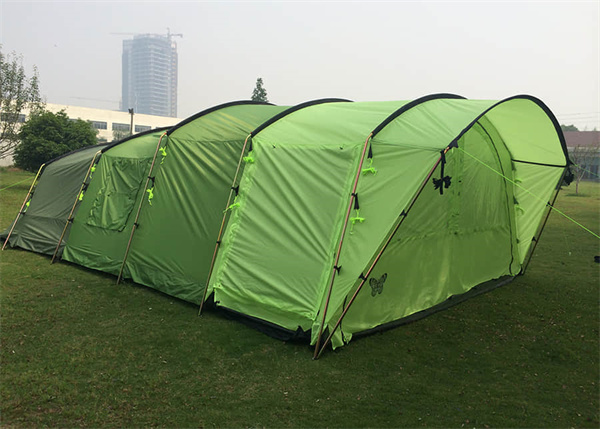In recent times wearing vintage clothing has become both fashionable and a way for us to make a strong statement about ourselves. Whether it is for financial reasons or political reasons, many of us are no longer satisfied with buying cheap clothes that end up at the back of our wardrobes weeks later.
Producing denim (or any other clothing for that matter) inevitably impacts the environment. This starts from growing the cotton used to make it, right through to shipping the finished garment, often worldwide. It takes 2900 gallons of water to produce one pair of jeans and 766 gallons of water to produce just one t-shirt (National Geographic, 2010). The cotton farms also frequently use chemicals and pesticides, creating greenhouse gases.
However, this is only a tiny part of the overall environmental impact. Every year in the UK we buy 2 million tons of clothing, with 1.2 million tons going into landfill. Textiles are now the fastest growing sector in household waste, in what the media has dubbed the “Primark effect” (The Daily Telegraph). Many retailers now rotate stock as often as every six weeks. This is unsustainable both financially and from an environmental perspective.
Regardless of this it would be unfair to blame the environmental impact solely on retailers, after all they wouldn’t produce such vast amounts of clothing if we didn’t buy it. But things are slowly beginning to change due to the increasing interest in buying ethically sourced and eco-friendly products. Many retailers are now using organic cotton, for example.
Using organic cotton is a small step towards reducing the impact fashion and clothing manufacture has on the environment. It would be wrong to say that vintage clothing doesn’t impact the environment in any way; at some stage it was manufactured using the same process. However with vintage clothing it is undeniably less harmful in the long run because not throwing away our clothes will cut greenhouse gases.
At the moment only 16% of the clothes we dispose of in the UK each year are recycled (The Daily Telegraph). Buying vintage encourages recycling, as we’re less likely to throw away a treasured vintage find than we are a bargain from the high street. Taking this into account, (whether you choose to buy vintage or new) the environmental impact of clothing manufacture is definitely an issue worth thinking about.
Sources:
Hidden Water – Magazine Supplement (2010) National Geographic, April Issue.
Gray, L. (2009) ‘Primark Effect’ Prompts Government Drive to Cut Clothes Sent to Landfill, The Daily Telegraph, February 20th 2010.



